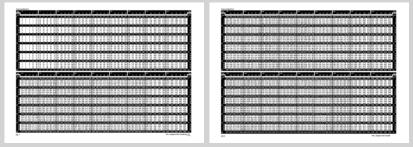NavList is a community devoted to the preservation and practice of celestial navigation and other methods of traditional position-finding. We're a group of navigators, navigation enthusiasts and hobbyists, mathematicians and physicists, and historians interested in all aspects of navigation but primarily those techniques which are non-electronic.
To post a message, if you are already signed up as a NavList member, start a new discussion or reply to any posted message and use your posting code (this is a simple low-security password assigned when you join). You may also join by posting. Your first on-topic messsage automatically makes you a member, and a posting code will be assigned and emailed to you for future posts.
Uniquely, the NavList message boards also permit full interaction entirely by email. You can optionally receive individual posts or daily digests by email, and any member can post messages by email (bypassing the web site) by sending to our posting address which is "NavList@NavList.net". This functionality is similar to a traditional Internet mailing list: post by email, read by email, reply by email. Most members will prefer the web interface here for posting and replying to messages.
NavList is more than an online community... more about that another day.
© Copyright notice: please note that the rights to all messages and posts in this discussion group are held by their respective authors. No messages or text or images extracted from messages may be reproduced without the explicit consent of the message author. Email me, Frank Reed, if you have any questions.








